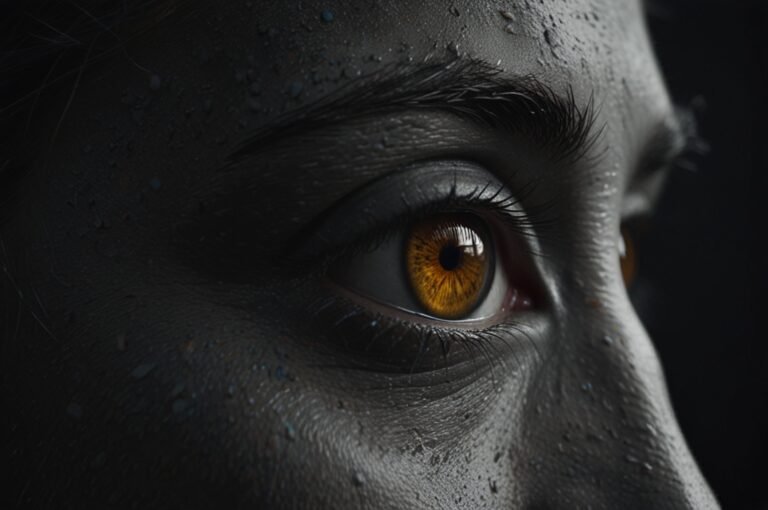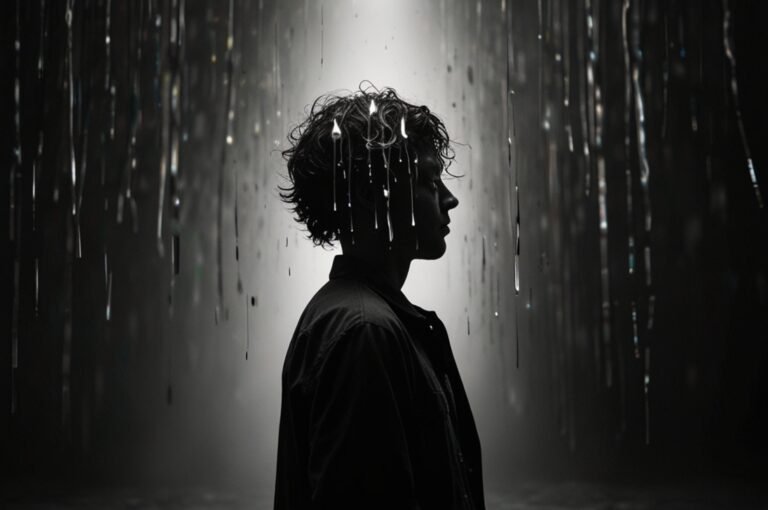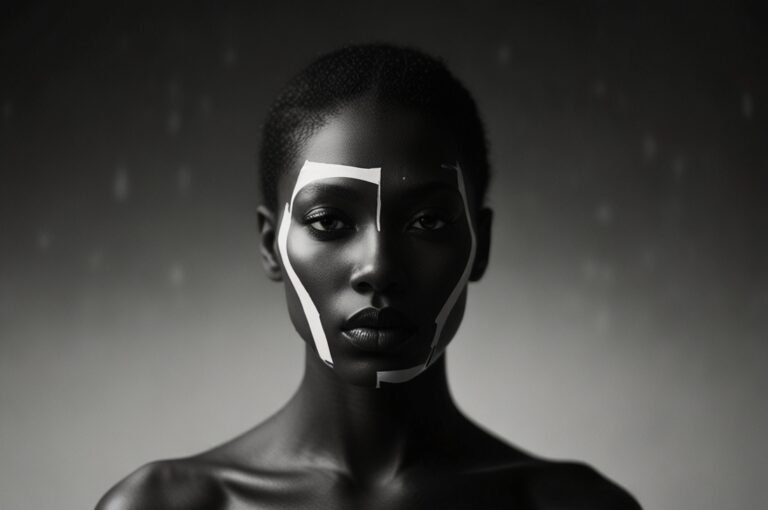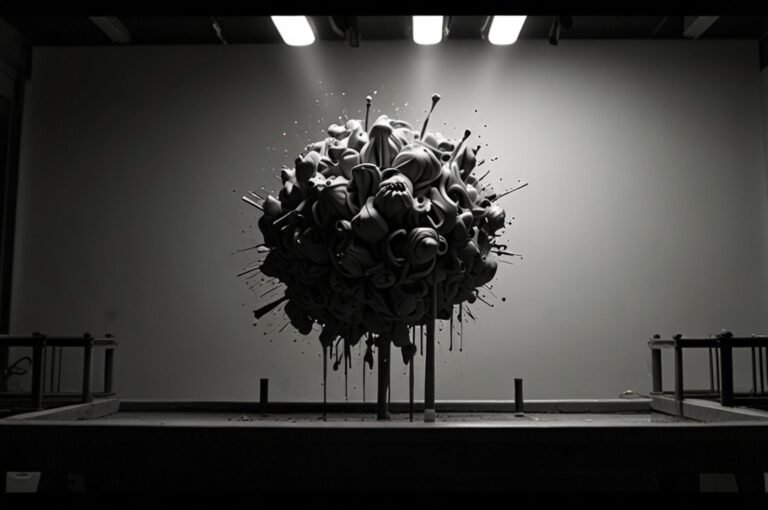What is Creativity? Breaking Down the Science
Creativity is often viewed as an enigmatic and intangible quality, one that sets great artists, inventors, and problem solvers apart. But what exactly is creativity, and how does our brain generate those elusive sparks of inspiration? This deep dive into the science behind creativity reveals how our minds work, what parts of the brain contribute to our creative abilities, and how we can measure and enhance this fascinating human trait. We’ll be drawing on data from neuroscience and psychology to uncover the true workings of creativity and how you can harness your own potential.
The Definition and Nature of Creativity
Creativity is the ability to produce something that is both novel and useful. Whether it’s a groundbreaking scientific theory, a beautiful painting, or an innovative business strategy, creativity involves the integration of originality and practicality. Psychologists generally agree on two key components of creativity: divergent thinking and convergent thinking.
- Divergent thinking is the process of generating multiple possible solutions to a problem. It’s the sort of thinking involved in brainstorming or finding numerous uses for an object. This aspect of creativity allows us to think outside the box and explore new ideas.
- Convergent thinking, on the other hand, involves narrowing down those ideas into a single, best solution. This requires critical thinking, analysis, and refinement of creative ideas into something that can be applied effectively.
The complex interplay between these two forms of thinking is at the heart of what makes creativity such a dynamic process.
The Neuroscience of Creativity
The human brain is a complex and adaptable organ, and creativity is one of its most fascinating products. The old myth that creativity is solely a function of the right hemisphere has been thoroughly debunked by modern neuroscience. Instead, creativity arises from the connectivity and cooperation of multiple brain regions across both hemispheres.
The Default Mode Network (DMN) is a key player in creativity. The DMN is most active when we’re at rest, daydreaming, or engaged in introspection. This network allows for the free flow of thoughts, and it’s here that much of the ideation process takes place. When you let your mind wander, you’re giving your DMN the opportunity to form novel connections and associations that may lead to creative insights.
On the other hand, the Executive Control Network (ECN), which governs attention, planning, and decision-making, plays a critical role in evaluating and refining those creative ideas. The Salience Network also helps in switching between the DMN and ECN, allowing individuals to focus on significant and novel insights while discarding less relevant information.
Recent advances in neuroimaging techniques, such as functional MRI (fMRI), have allowed scientists to observe these networks in action, revealing how creative people utilize different parts of the brain more effectively than those who are less creative. For instance, increased connectivity between the DMN and ECN has been linked to heightened creative performance, indicating that the ability to generate and evaluate ideas concurrently is crucial.
Brain Chemistry and Creativity
Beyond neural networks, brain chemistry also influences creativity. Two primary neurotransmitters associated with creative thought are dopamine and serotonin.
- Dopamine is involved in the reward system of the brain and plays a role in motivation and curiosity, which are important for creativity. The right amount of dopamine is believed to encourage exploratory behaviors and risk-taking, both of which are essential for innovation.
- Serotonin helps with mood regulation and mental flexibility. Mental flexibility is crucial for creative problem-solving, as it allows individuals to shift between different perspectives or approaches easily.
Interestingly, studies have shown that those with higher dopamine receptor density tend to be more creative, which may explain why some individuals exhibit naturally higher creative abilities than others. Furthermore, certain activities, such as exercise, meditation, and exposure to new experiences, can stimulate dopamine release, potentially enhancing one’s creative capacity.
Measuring Creative Ability
Creativity, unlike intelligence, is notoriously difficult to measure with standardized tests. However, psychologists have developed several approaches to assess creative potential, primarily through divergent thinking tests and self-report assessments.
One of the most commonly used methods is the Torrance Tests of Creative Thinking (TTCT), which measures aspects like fluency (the number of ideas generated), originality (the uniqueness of the ideas), flexibility (the variety of ideas), and elaboration (the level of detail in the ideas). Participants are typically given tasks such as coming up with as many uses as possible for a common object or drawing a picture from a given shape.
Another approach to measuring creativity involves Remote Associates Tests (RAT), which focus on convergent thinking. In these tests, individuals are presented with three seemingly unrelated words and are asked to find a fourth word that links them all together. This helps gauge their ability to make connections between disparate concepts, a key indicator of creativity.
There are also self-assessment tools, where individuals rate their own creativity across various domains, such as artistic, scientific, or interpersonal creativity. Though less objective, these tools can provide valuable insights into how people perceive their own creative potential.
Enhancing Creativity: Strategies Backed by Science
The good news is that creativity is not a fixed trait; it’s a skill that can be developed and nurtured. Here are several science-backed strategies for enhancing creativity:
- Embrace Diverse Experiences: Research has shown that exposure to new experiences, cultures, and environments can foster creativity. This is because novel stimuli encourage the brain to make new connections, enriching the pool of ideas from which it can draw.
- Practice Mindfulness and Meditation: Mindfulness practices, particularly open-monitoring meditation, have been linked to improved creativity. By allowing thoughts to flow without judgment, individuals can generate more ideas and feel less constrained by habitual ways of thinking.
- Engage in Regular Physical Activity: Exercise has been found to increase the levels of dopamine and other neurotransmitters in the brain. Activities like walking, dancing, or playing a sport can promote divergent thinking and help in generating creative ideas.
- Take Breaks and Daydream: The importance of rest and mind-wandering cannot be overstated. When you’re focused on a problem, your executive control network is in high gear, which can sometimes hinder divergent thinking. Taking breaks and allowing your mind to wander can lead to those “eureka” moments.
- Adopt a Growth Mindset: Believing that creativity is a skill that can be developed, rather than a fixed trait, can significantly improve creative output. Studies on growth mindset indicate that people who see challenges as opportunities for growth are more likely to engage in creative endeavors.
- Practice Creative Exercises: Engaging in activities like brainstorming, journaling, or even sketching can help improve creative abilities over time. The goal is to make creativity a habit by incorporating it into daily routines.
Creativity and the Role of Environment
The environment plays a significant role in shaping our creative abilities. Both physical and social environments can either support or inhibit creativity. For example, workplaces that encourage collaboration, flexibility, and openness tend to foster higher levels of creativity among employees. This has been evidenced by companies such as Google and Pixar, where innovative office layouts and a culture of openness have led to some of the most groundbreaking ideas of the modern era.
In educational settings, fostering creativity involves encouraging exploration rather than focusing solely on standardized testing and rote learning. Children who are given the freedom to explore, play, and experiment are more likely to develop into creative adults.
Barriers to Creativity
Despite having the potential for creativity, many people experience barriers that hinder their ability to think creatively. Common barriers include:
- Fear of Failure: The fear of making mistakes or being judged by others can stifle creativity. Creativity often requires taking risks, and an environment that penalizes failure can be detrimental to creative growth.
- Routine and Monotony: Following the same routines day in and day out can limit the variety of experiences the brain is exposed to, ultimately reducing the ability to generate novel ideas.
- Conformity Pressure: Social pressures to conform can also inhibit creativity. In group settings, people may feel reluctant to share unconventional ideas for fear of rejection.
Addressing these barriers requires building a culture that values experimentation, acceptance of mistakes, and freedom of thought. This approach can lead to breakthroughs in both personal and professional contexts.
Creativity in Different Domains
Creativity manifests differently across various domains. For example:
- In art, creativity involves breaking boundaries of traditional forms, using imagination to express ideas, and evoking emotion through visual or auditory media.
- In science, creativity is essential for developing new hypotheses, problem-solving, and devising novel experimental methods. Famous scientists such as Albert Einstein often attributed their breakthroughs to imaginative thinking and the ability to view problems from different perspectives.
- In business, creativity drives innovation. It involves finding new ways to meet customer needs, improve efficiency, or develop entirely new products and services. The success of companies like Apple or Tesla is often cited as examples of creativity in business leading to market disruption.
- In everyday life, creativity is involved in the way we solve daily problems, navigate social interactions, or make decisions about our personal growth and well-being.
The Role of Creativity in Mental Health
Creativity can also have significant benefits for mental health. Engaging in creative activities, such as painting, writing, or playing music, has been shown to reduce stress and anxiety, improve mood, and even mitigate symptoms of depression. The act of creating allows individuals to process emotions, find meaning, and express feelings that may otherwise be difficult to articulate.
Creativity also promotes resilience, as it encourages a flexible way of thinking, which can be invaluable in dealing with life’s challenges. When faced with difficult situations, creative individuals are more likely to generate multiple solutions, view problems from different angles, and adapt effectively.
Conclusion: Unleashing Your Creative Potential
The science behind creativity reveals that it is far from a mysterious gift bestowed upon a select few. Instead, it is a dynamic interplay between different brain networks, neurotransmitters, and our environment, shaped by both biology and experience. Creativity can be cultivated through various practices and habits, such as engaging in new experiences, allowing the mind to wander, and maintaining a growth mindset.
Understanding the mechanisms of creativity can help you harness your own potential, whether you want to excel in your career, solve complex problems, or simply bring more joy and innovation into your daily life. By recognizing that creativity is not a fixed trait but a skill that can be honed, we can all take steps to become more creative thinkers and contributors in our respective domains.






